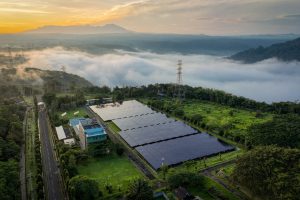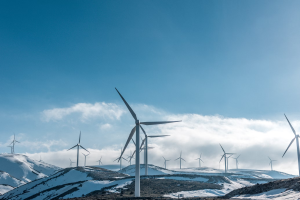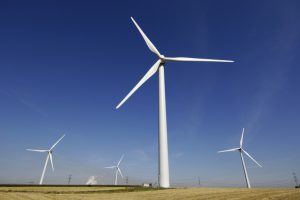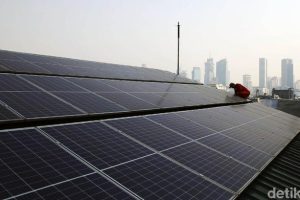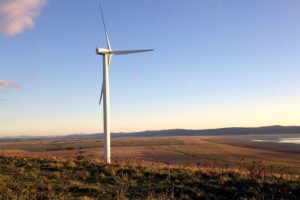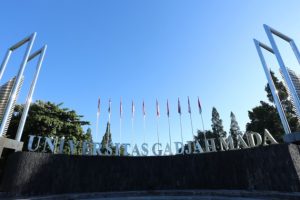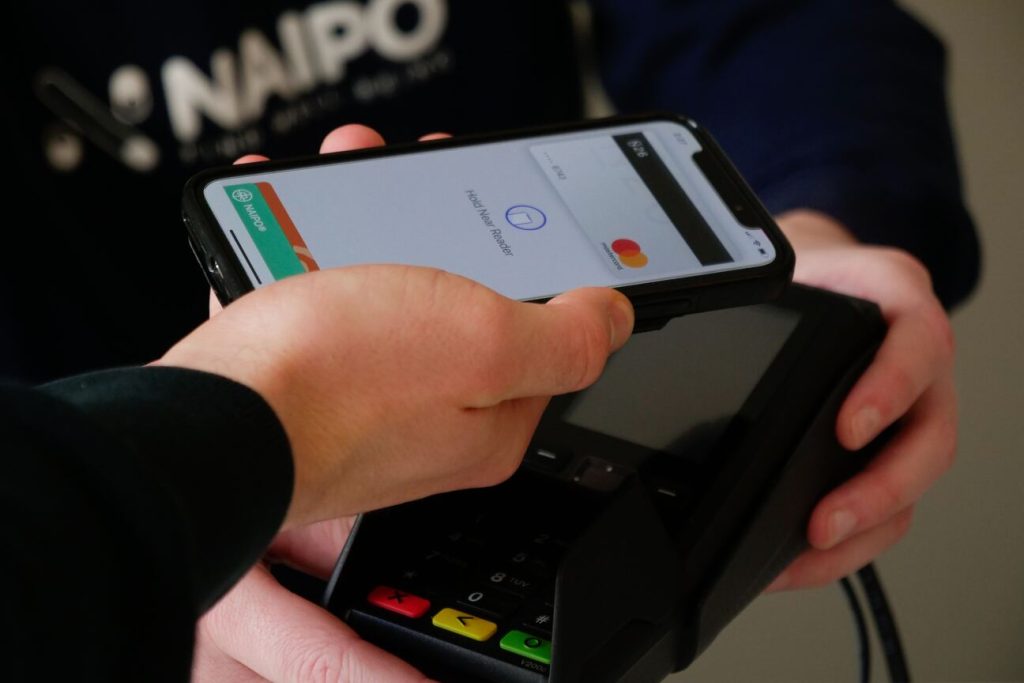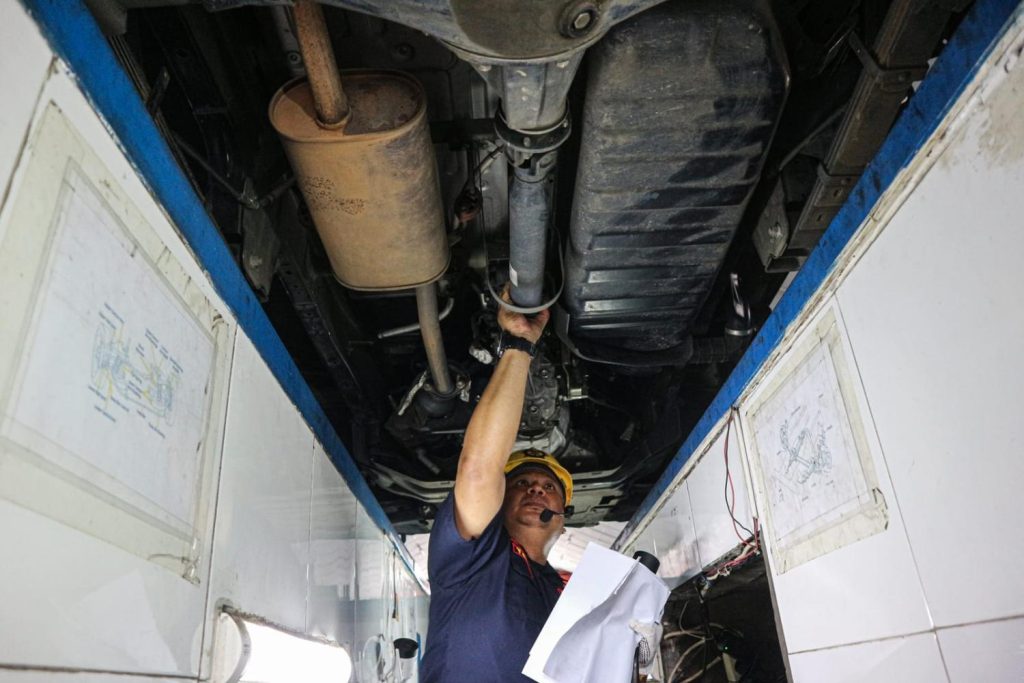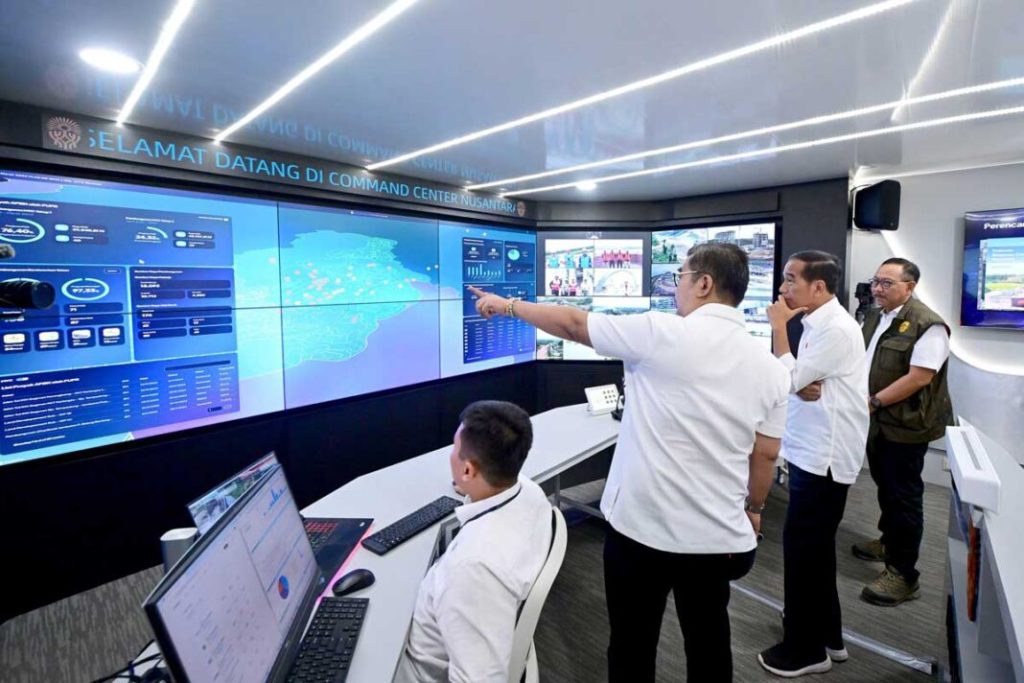Indonesia’s Electricity Subsidy
Electricity subsidy has been one of Indonesia’s government main issues for an extended period. Figure 1 shows the fluctuation of electricity subsidy taken from State Electricity Company (PT PLN) financial report between 1998 to August 2020. The significant increase was experienced in 2005 during the economic crisis as the government broaden the electricity subsidy targets from only 450 VA to all consumers in which electricity tariff was below the electricity supply cost. This regulation created a burden on the government budget as the electricity subsidy could reach 5-8% of the total government expenditure. During those periods, the electricity subsidy was higher than the transportation, agricultural, industry, and health sectors. Then, in 2014, the government decided to remove the subsidy for the household sector with power above 1,300 VA and commercial, industrial, and government offices with power above 6,600 VA. This decision was successfully dropped the electricity subsidy to only about 2-3% to the total government expenditure. However, the electricity subsidy is predicted to increase with the COVID-19 pandemic outbreak. Recently, in September 2020, Indonesia’s government announced its initiative to provide incentives for non-subsidy customers by IDR 22.5 /kWh during October – December 2020. Previously, in April 2020 , the government has already issued several additional electricity subsidies for 450 VA to 900 VA customers in the household, commercial, and industry sectorsn. These actions were done in response to the COVID-19 pandemic that already cripples people’s purchasing power and weakens the commercial and industrial sectors. Although these actions are good news for most electricity consumers in Indonesia, there is bad news that often follows the electricity subsidy implementation.
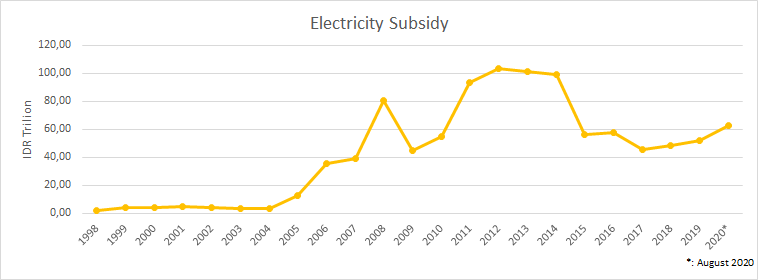
Figure 2. Indonesia’s total elctricity subsidy.
Electricity Subsidy
Electricity subsidy undoubtfully could help the government to provide affordable electricity for poor people. However, many argue that this program should be evaluated as some issues appear along with its implementation. First is the impact of the electricity subsidy to the national budget. The increase in electricity subsidy will follow the increase in electricity consumption, especially in the household sector. In 2018, the household sector was accounted for 41% of the total electricity sales or about 97,832 GWh. It is the biggest electricity consumer sector and also the main priority for electricity subsidy in Indonesia. The electricity consumption in the household sector is likely to increase significantly during the COVID-19 pandemic as people are suggested to stay at home. In 2020, the electricity subsidy budget in the state budget (APBN) was predicted to increase from IDR 54.79 to IDR 62.93 trillion. This number is expected to rise as it yet included the subsidy extension period from October – December 2020 and additional incentive for non-subsidy consumers that recently announced. This might be one of the biggest electricity subsidies in the last 6 years.
Meanwhile, the government should also cover the deficit in other sectors due to the COVID-19 outbreak. It means that there is a possibility that the government might not reimburse the subsidy to PT PLN on time, especially during the crisis. This similar issue has been mentioned by the President Director of PT PLN, Zulkifli Zaini, who stated that the government has a debt to the PT PLN of IDR 48 trillion. The debt comes from income compensation costs in 2018 and 2019 and additional subsidy for households due to the COVID-19 pandemic from April to June 2020. The government was already paid IDR 28 trillion and currently still waiting for the payment of the IDR 18 trillion. However, this debt will increase as the government extends the additional subsidy for the household period from June 2020 to December 2020 and broadens the subsidy consumer targets for October – December 2020, not to mention the income compensation in 2020. The considerable debt has suffered PT PLN cash flow, especially during the COVID-19 pandemic, which leads to the next issue.
Table 1. PT PLN income statement.
| PT PLN Income Statement | 2017 | 2018 | 2019 |
| in millions of rupiah | |||
| Total Revenue | 255,295,243 | 272,897,742 | 285,640,589 |
| Total Operating Expenses | 275,474,094 | 308,188,889 | 315,440,938 |
| Operating Loss Before Subsidy | -20,178,851 | -35,291,147 | -29,800,349 |
| Government Electricity Subsidy | 45,738,215 | 48,101,754 | 51,711,774 |
| Compensation Income | – | 23,173,464 | 22,253,517 |
| Operating Income After Subsidy | 25,559,364 | 35,984,071 | 44,164,942 |
Second is the burden on the PT PLN cash flow. As the only company that provides the whole supply chain of electricity services in Indonesia, PT PLN should have no problem maintaining healthy finance and cash flow. However, the PT PLN income statement shows that without the government electricity subsidy and compensation income payment, PT PLN experiences operating losses, as shown in Table 1. In terms of current assets, about 30% of the current assets of PT PLN is also coming from government debt through electricity subsidy and income compensation. It means that PT PLN income is highly dependent on the government, and any payment delay from the government will cause PT PLN to be unable to cover the total cost and lead to the margins dropped. Furthermore, according to the IEEFA report in 2020, PT PLN’s debt to equity ratio would have reached 170% or more. The current ratio (CR) of PT PLN that is only 0.94 in 2019, also shown that PT PLN does not have enough liquid assets to cover its short-term liabilities. Thus, increasing debt to cover the operating loss will not be a good solution for PT PLN both in the short and long term.
The next issue is the unsuitability of the electricity subsidy receivers. Many argue that the current electricity subsidy still benefits the rich more than the poor. In 2016, a similar concern was also mentioned by The National Team for the Acceleration of Poverty Reduction (TNP2K), which stated that the poor communities actually received only 26% of the total electricity subsidy. It especially applied to the customers of R-1/450 VA and R-1/900 VA that use it for business purposes such as rental houses and boarding houses. In 2016, there were 22.8 million customers of R-1/450 VA and 22.3 million customers of R-1/900 VA. However, the TNP2K report shows that there were only 14.7 million customers of R-1/450 VA and 4.05 million customers of R-1/900 VA. The huge data gap between PT PLN and TNP2K, especially on the R-1/900 VA, should be taken seriously as it could help both government and PT PLN lower the subsidy budget. In response to this, the government has already mentioned their plan several times to cut the subsidy for the customer of R-1/900 VA classified as unsubsidized customers (rumah tangga mampu, RTM). However, this plan is yet to be realized as it might cause social and political turmoil.
Lastly, the electricity subsidy could affect the energy transition program indirectly. The subsidy could create either a positive or negative effect on the energy transition. It depends on the nature of the subsidy and the designated beneficiary. However, electricity subsidy in Indonesia tends to hamper not only energy transition programs but also energy efficiency programs. The limited electricity subsidy budget has pushed PT PLN to use low production cost technologies such as coal power plants. Utilization of cleaner energy such as natural gas and renewable energy will increase the electricity subsidy as most of these technologies require higher capital cost compare to the coal power plant. Furthermore, the electricity subsidy will normally also increase electricity consumption as the level of purchasing power increases. In the case of the COVID-19 pandemic, the government decided to give additional subsidies to electricity consumers to maintain people’s purchasing power, support national economic stability, and at the same time, increase electricity demand. According to the Ministry of Energy and Mineral Resources (ESDM), electricity consumption will decrease by 6.25% at the end of 2020. It is mainly contributed by the industrial sector, which decreased by more than 7%. Meanwhile, household electricity consumption increased significantly to about 9.84% as people tend to stay at home. The extensive electricity consumption during COVID-19 in the household has started to make people unconsciously implement energy efficiency in their homes as their electricity bills begin to soar. Thus, this kind of additional subsidies undoubtfully will have a positive impact on people’s welfare. However, it also will once again be a drawback for the energy efficiency awareness program nonetheless.
Dealing with the Dilemma
On the one hand, as one of the developing countries, the subsidy is essential to increase people’s welfare and improve electricity access, especially for poor communities, rural and outermost area. Nevertheless, on the other hand, it generates a massive amount of debt and cash flow disruption both for government and PT PLN, hampers energy transition, as well as energy efficiency programs. Dealing with this dilemma is not easy, especially due to social and political barriers. People usually become dependent on the subsidy as they expect it to continue almost forever. The plan to reform subsidies could be followed by strong resistance by the people. The subsidy also often use as a strategic political tools by government and politicians especially during the election period. Therefore, subsidies become much more difficult to be reformed with the resistance both by people and the government itself.
The key to untie the knot is to understand the real cost of the electricity subsidy. The real cost is not only shown in the financial reports but also the intangible multiplier effects caused by electricity subsidies. Knowing the real cost could help the government to decide whether the subsidy should be kept as it is, reformed or removed. Reforming and removing the subsidies could be done gradually to avoid any social and political turmoil. Meanwhile, exploring all the subsidy options available and each long-term impact is also highly needed to create a well-designed reforming subsidy’s strategy. There are several dimensions of subsidy classification based on Organisation for Economic Co-operation and Development (OECD) report namely, direct vs. indirect, cash (explicit) vs. implicit, general vs. sector-specific, and on-budget vs. off-budget. The government should understand which subsidy should be applied based on each specific condition. Another important aspect of being concerned is the time limitation; the government should always provide a clear sunset clause in each of the electricity subsidy programs so that people will not become overly dependent. Finally, electricity subsidy programs should not always create such a dilemma. The proper preparations and thorough and coherent analysis of the social, economic, political, and environmental conditions could create a well-designed subsidy program.
Disclaimer: This opinion piece is the author(s) own and does not necessarily represent opinions of the Purnomo Yusgiantoro Center (PYC).
